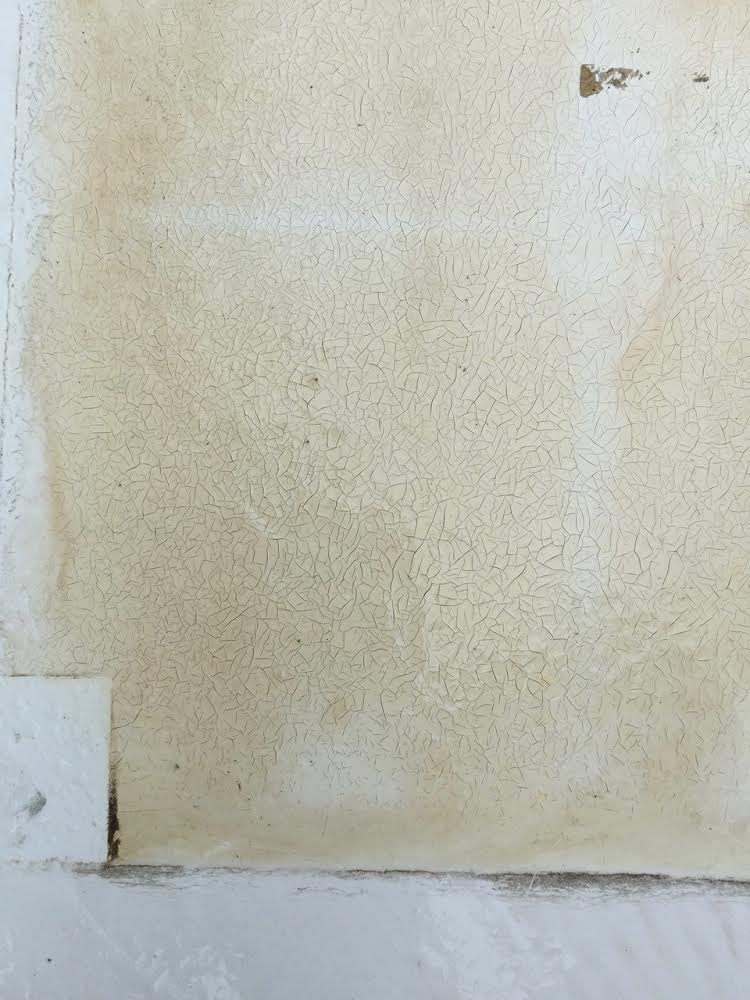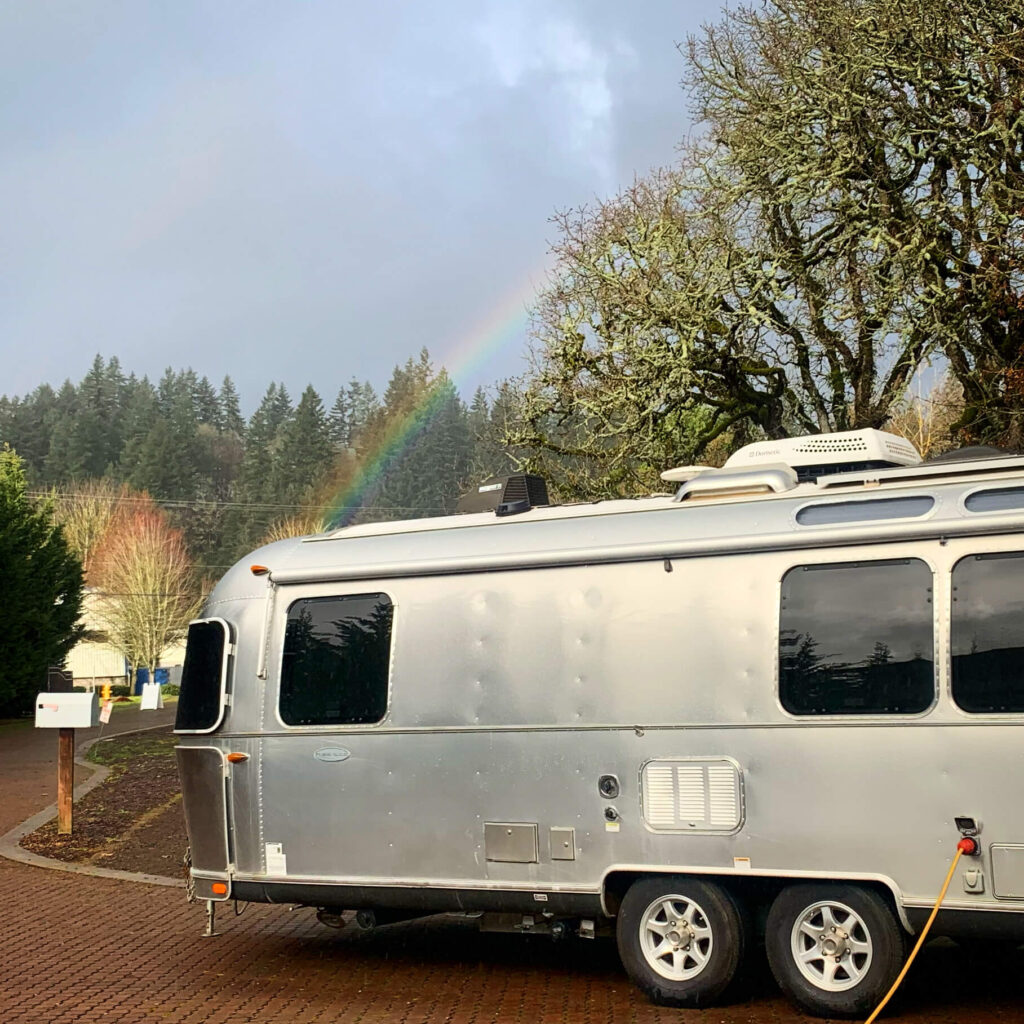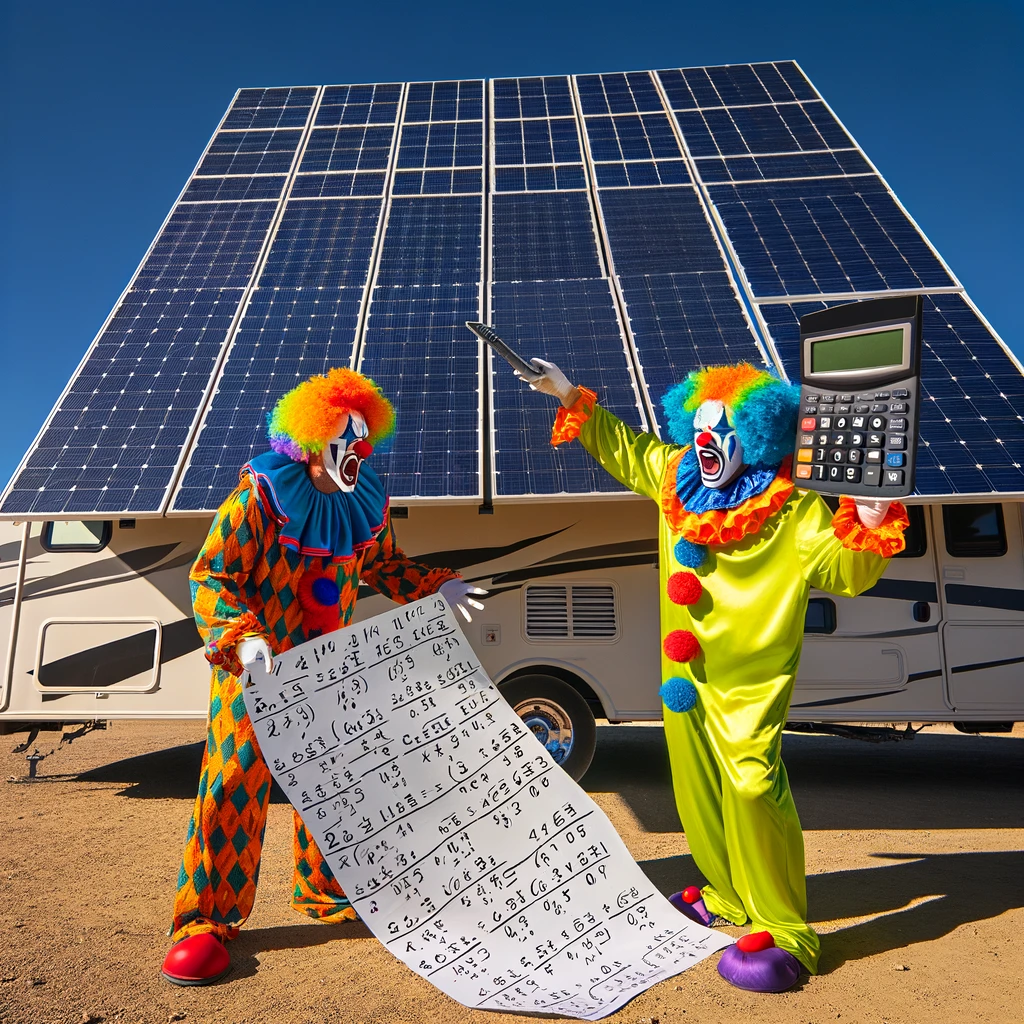Flexible panels seem like an ideal solution, at first…
Customers frequently ask “What do you think of flexible panels?” “Can I get them on my rig?”
We think they are fine for some applications, but permanently mounting them on an RV isn’t one of those applications. After about two years of use, most people will want to have them ripped off their roofs and replaced with conventional aluminum framed, glass laminated, solar panels.
Flexible panels are great for portable applications, where the panels aren’t being used and exposed to the weather all year, but they tend to degrade when exposed to continuous sunlight and temperature fluctuations.
Over time, with heat, the plastic encasing the cells becomes soft, allowing the cells to cup. These cups form pools for dust and debris. Eventually, each cell will have a brown circle in the middle, which will need to be cleaned for continued use. The panels that were once flat and smooth will soon become permanently warped and wavy.
When you clean the surface of the panels it’s almost impossible not to scratch them. The plastic just doesn’t hold up with prolonged exposure to UV light and eventually becomes opaque with a yellowish brown tint. This obviously reduces the production of the panels and it also makes your rig look terrible.
Even when new, the index of refraction for the plastic lamination is different than that of glass and it doesn’t conduct off-angle light as well. This means that the flexible panels won’t produce as much energy in the mornings and evenings.
Flexible panels cost much more than conventional solar panels. Why pay more for something that only lasts two years, looks terrible, and doesn’t perform as well as a lower cost alternative?

There are many concerns over quality controls with the various manufacturers of flexible panels. All flexible panels (other than thinfilm) are made using special back contact monocrystalline cells. They are the only cells that can tolerate being bent slightly. Back contact monocrystalline cells are made by one manufacturer that specializes in high-end, large, grid-tied, solar modules. The cells used in flexible panels come from the B and C grade stock that was deemed unfit for grid-tied solar panels and is sold to Asian manufacturers. As far as we know, there are no US companies (other than a few low volume batches from the cell manufacturer) that laminate flexible panels. The cell manufacturer has also indicated that they no longer plan to distribute their B and C grade cells to Asian manufacturers for fear that what is going on with the flexible panels is hurting their brand image. There has also been at least one major recall with one flexible panel distributor due to the panels causing fires. Learn more here
With the threat of (and actual implementation of) import duties on Asian solar products, along with the cell manufacturer stopping their distribution, the supply will be drying up shortly. With no supply, it’s going to be hard for distributors to stand by their warranties, which means it will be very hard for end-users to find replacements or add-on panels.
Flexible panels mounted directly to the roof of an RV conduct a lot of heat. There is a reason RV roofs are almost always white, and that is to keep the RV from getting too hot. When you mount flexible panels directly to your roof, you essentially make your roof black, which makes your roof, and your RV, very hot. In many cases, the flexible panels even burn the roof.


We recently removed 2000W of flexible panels (after the very telling 2 year warranty period had expired) from this motorhome. This amount of solar was a substantial investment, and a substantial loss. Only after the panels were removed, due to poor performance and poor aesthetics, were the burn marks noticed.
AM Solar will not install flexible solar panels.
You’re welcome. There is a reason AM Solar has been in business so long. It’s because we don’t work with garbage.




